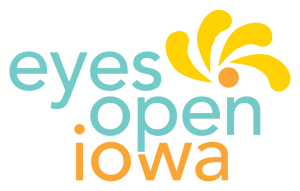LGBTQ Issues in Schools: Celebrating and Supporting Diversity is designed for middle and high school health professionals to increase their knowledge of lesbian, gay, bisexual, transgender, and queer/questioning (LGBTQ) issues and provides information on how to make the school environment more inclusive for all students.
Format/platform:
- Online Learning Management System (Canvas e-learning), hosted by Rutgers University
- Six-hours of total contact time utilizing videos, podcasts, instructional games, discussion boards, written assignments, presentations, readings, and visual animations
- Asynchronous
- Instructor-led
All content is aligned to the National Sexuality Education Standards, the National Teacher Preparation Standards for Sexuality Education, the Professional Learning Standards for Sex Education, and the Areas of Responsibility and Competencies for Health Education Specialists.




